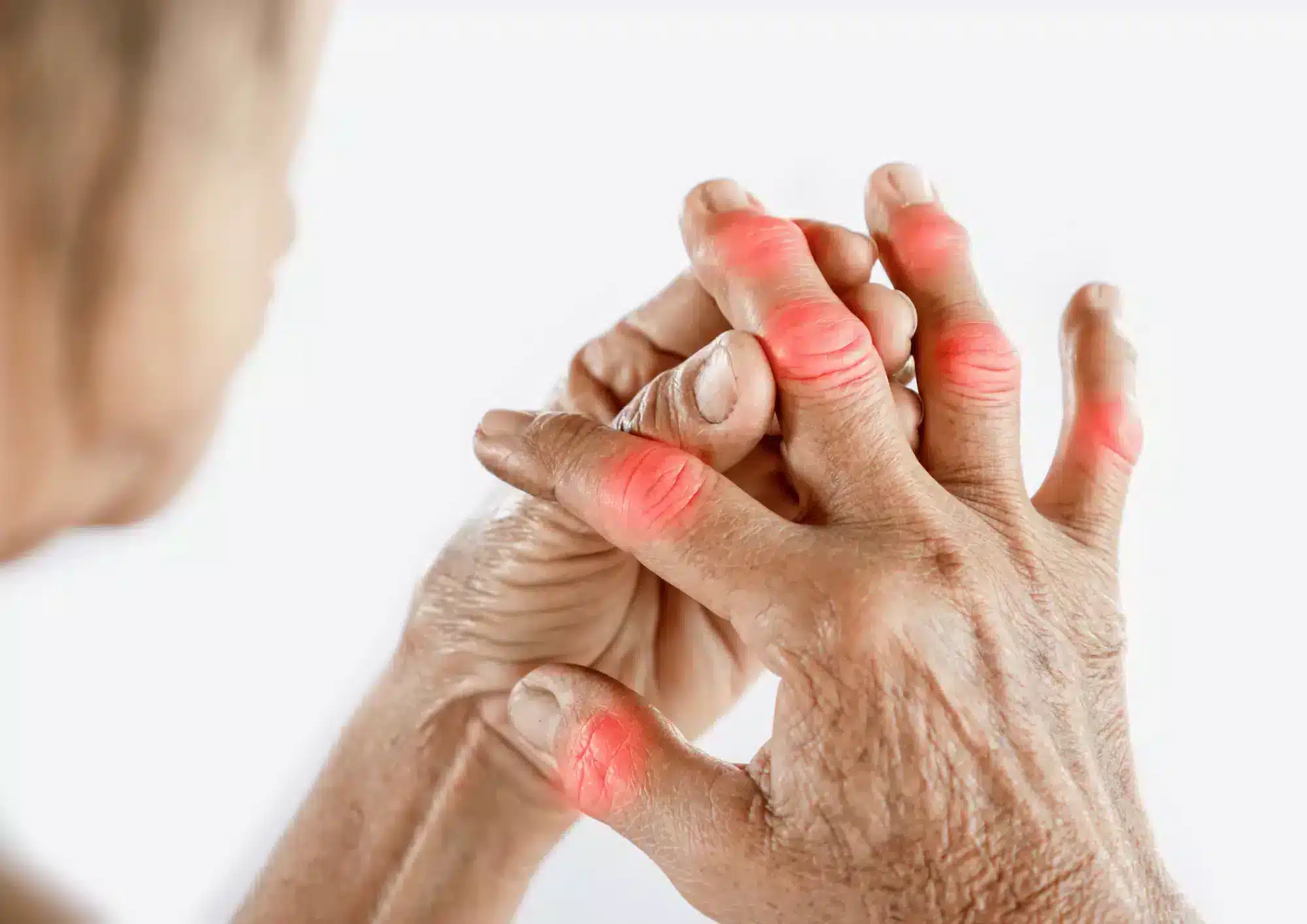Injectable aesthetics reviews. Menopause Worsens Rheumatoid Arthritis – U.S. Specialist Shortage

For young women living with rheumatoid arthritis, it seems there may be worse to come. A new study discovered the physical decline associated with rheumatoid arthritis accelerates after menopause, with greater numbers of disease flareups as a woman ages.
Rheumatology in Women
An estimated 1.3 million adults in the U.S. have rheumatoid arthritis, and women are three times more likely to be affected by this autoimmune disease than men. As a patient’s immune system attacks their own body tissues, the lining of the joints can become swollen and painful, and as bones erode, the joints can become deformed. As debilitating as this disease can be for both women and men, previous studies had found the disease shifts as women experience pregnancy, childbirth, and other hormone fluctuations, with decreased symptoms during pregnancy and more flareups after childbirth. Women are also more likely to develop rheumatoid arthritis if they have early menopause than those who have normal or late menopause.
A Closer Look at Rheumatoid Arthritis after Menopause
To further examine the changes in rheumatoid arthritis severity after menopause, researchers looked at information from 8,189 women from across the U.S. who had developed the disease before menopause, accessing the National Data Bank for Rheumatic Diseases for their data. 2,005 of the women, with a mean age of 39.7, were pre-menopausal; 611, with a mean age of 50.7, transitioned through menopause during the study period; and 5,573, with a mean age of 62.3, were post-menopausal. These women had completed a Health Assessment Questionnaire (HAQ) every six months, which gave researchers an idea of each woman’s functional status throughout the study period.
When the scientists pored over the data, they noticed a pattern. The women who were premenopausal had a higher functional status than the postmenopausal women, and the deterioration seemed to be more rapid over time in the postmenopausal women than in their younger counterparts. When the woman had been pregnant in the past, received hormonal replacement therapy (HRT), or had later menopause onset, all associated with increased hormonal exposure, they seemed to have less-severe functional decline.
What this Study Means for Rheumatologists and their Patients
The study seems to verify some sort of link between hormones and rheumatoid arthritis severity, with menopause worsening functional decline. However, the study does not delve into why. More research would need to clarify how hormone shifts affect the progression of this autoimmune disease. Although the study seems to suggest hormone replacement therapy could help lessen rheumatoid arthritis symptoms after menopause, the study authors caution the study does not support treatment changes. More research would need to confirm if hormone replacement therapy would be an effective complementary treatment to women who are undergoing other rheumatoid arthritis treatment after menopause.
Rheumatologists May Soon be Hard to Find
As these women find their rheumatoid arthritis worsening after menopause, it seems they may have trouble finding a specialist for treatment. According to the American College of Rheumatology, a rheumatologist shortage may be looming. In 2015, there were an estimated 6,013 rheumatology providers, including physicians, physician assistants, and nurse practitioners, but this number is expected to fall to just 4,882 by the year 2030. Although the number of rheumatology fellowship programs has increased, this would not meet future needs as the number of patients needing these specialists increases as well.
Part of the problem is these future specialists may be devoting less time to their job. A growing percentage of women are expected to work in the field by 2030, but other studies have found, statistically, female doctors see 30% fewer patients and work seven fewer hours per week than their male counterparts. Not only that, the percentage of millennials in the workforce is expected to increase from 6% to 44% of the workforce by 2030, but studies have found millennial doctors see fewer patients. This combines to mean that even with the same number of specialists, there would be less time available to devote to patient care.
Not surprisingly, the aging population is contributing to the need for more medical specialists. The average age of rheumatoid arthritis onset is in the 50s, and with a growing number of people in this age range or higher, that means more arthritis patients needing care. Even for those diagnosed at a younger age, once they have passed menopause, their immune disease is likely to worsen and accelerate. Those over sixty not only have more affected joints and greater disease activity, they also have more co-morbidities such as heart problems, osteoporosis, and lung disease. Obesity is another risk factor for rheumatoid arthritis, so as obesity rates grow in the U.S., so too may the incidence of this autoimmune disease.
According to the study authors, training more rheumatologists is not the only answer to the looming shortage of these specialists, although funding more medical training can help. The authors suggest finding new ways to care for patients, decreasing insurance barriers and healthcare regulations to allow more rapid, timely, and creative solutions to offset the shortage. Increasing care by nurse practitioners and physician assistants, providing incentives for doctors to go where they are needed most, and increasing the availability of telemedicine may all help mitigate the rheumatologist shortage. Hopefully the field of rheumatology can cope with the increasing demands so all patients have access to the care they need.
A growing need for rheumatology care means a growing need for rheumatoid arthritis, lupus, gout, osteoarthritis and osteoporosis treatments. To buy orthopedic injectables like Synvisc, Monovisc, and osteoporosis injectables for your rheumatology practice, or to enquire about other medical supplies, visit Medica Depot or call us today.
Injectable aesthetics reviews can be found on various platforms, including specialized aesthetic treatment review websites, social media platforms, and healthcare provider directories. They provide valuable insights for individuals considering these treatments, offering firsthand perspectives and experiences that can help inform decisions about undergoing injectable aesthetic procedures. Here are some key points typically covered in injectable aesthetics reviews:
-
Treatment Effectiveness: Reviewers often discuss how effective the injectable treatment was in achieving their desired aesthetic goals, such as reducing wrinkles, enhancing facial contours, or improving skin texture.
-
Safety and Comfort: Reviews may address the safety of the procedure, including any discomfort experienced during or after the injection process, as well as any side effects or complications encountered.
-
Provider Experience: Reviewers may comment on their experience with the healthcare provider administering the injectable treatment, including their professionalism, expertise, and ability to address concerns or questions.
-
Results Duration: Discussions often include the longevity of the results achieved with the injectable aesthetics, such as how long the effects lasted before additional treatments were needed.
-
Overall Satisfaction: Reviewers typically summarize their overall satisfaction with the injectable aesthetics treatment, considering factors like the improvement in their appearance, confidence level, and value for money.





